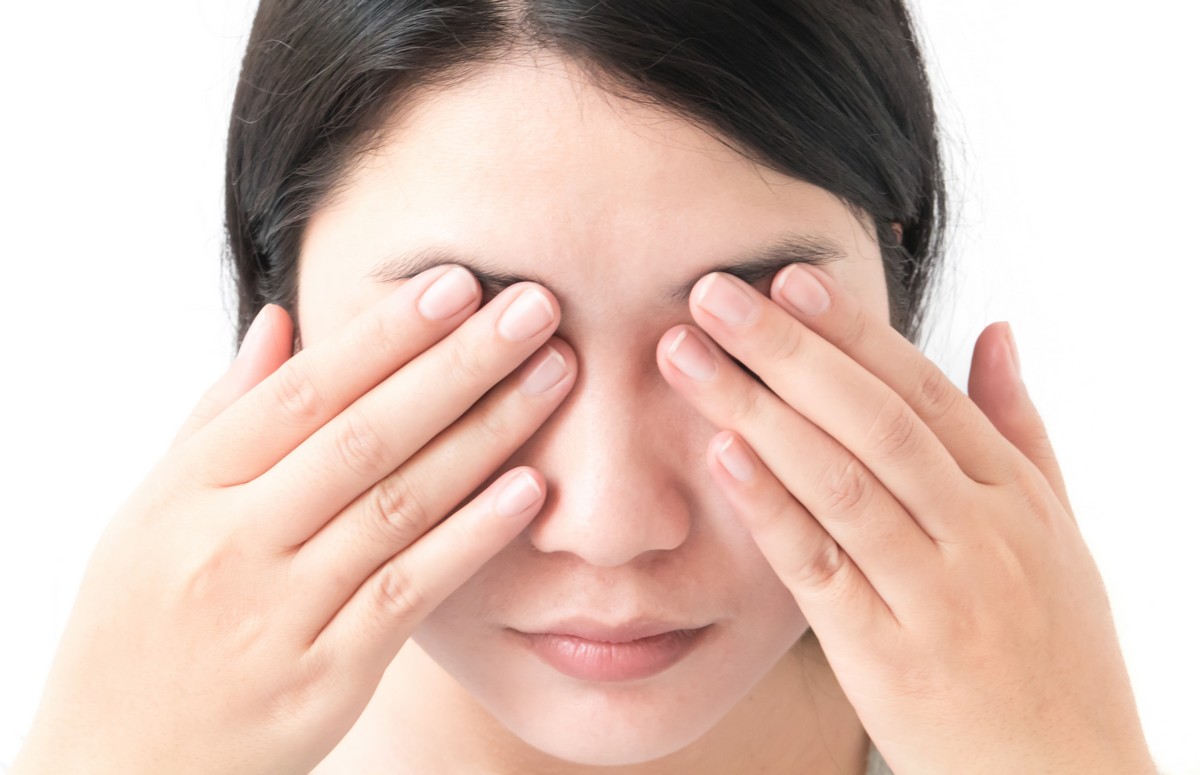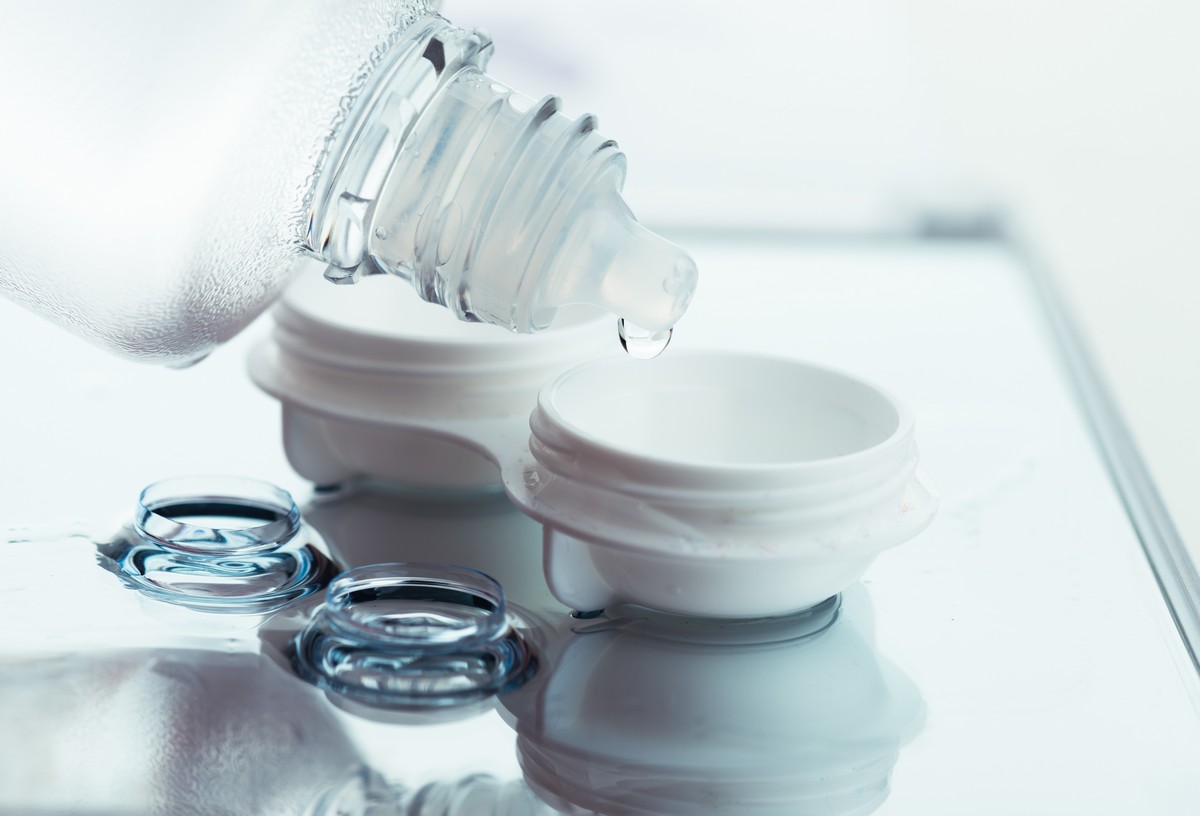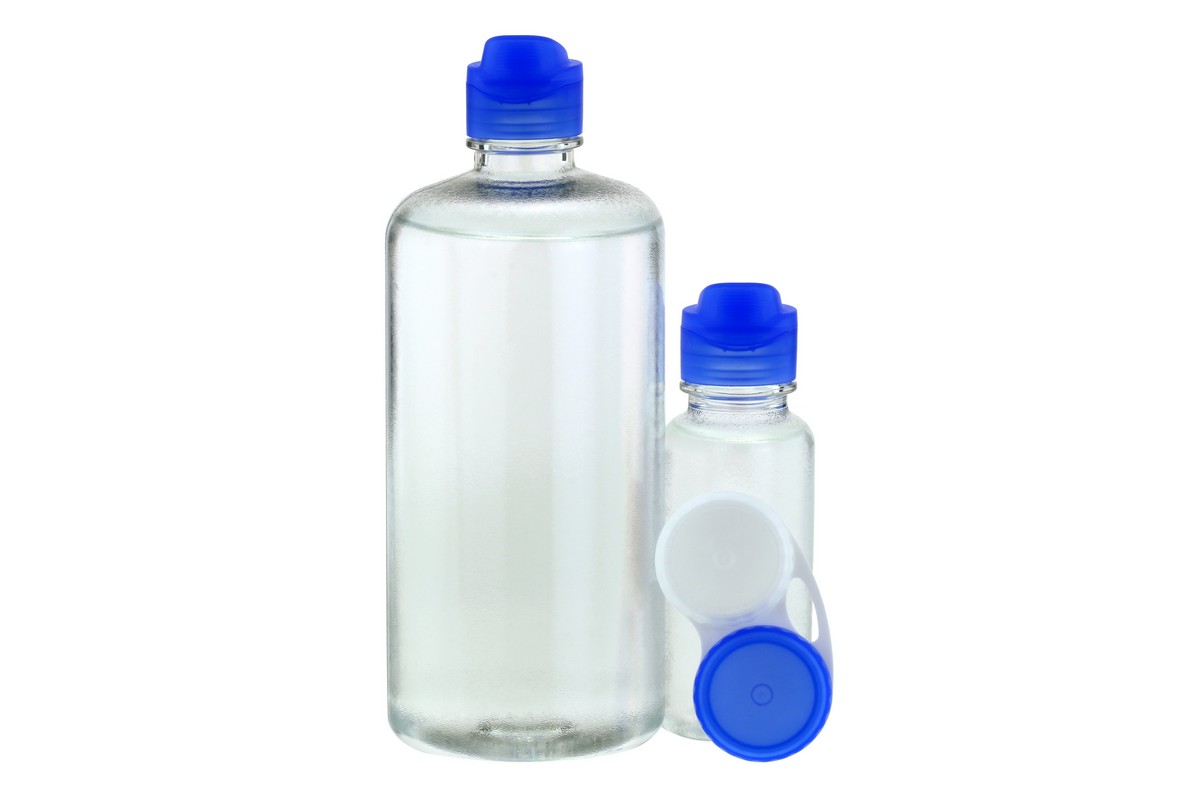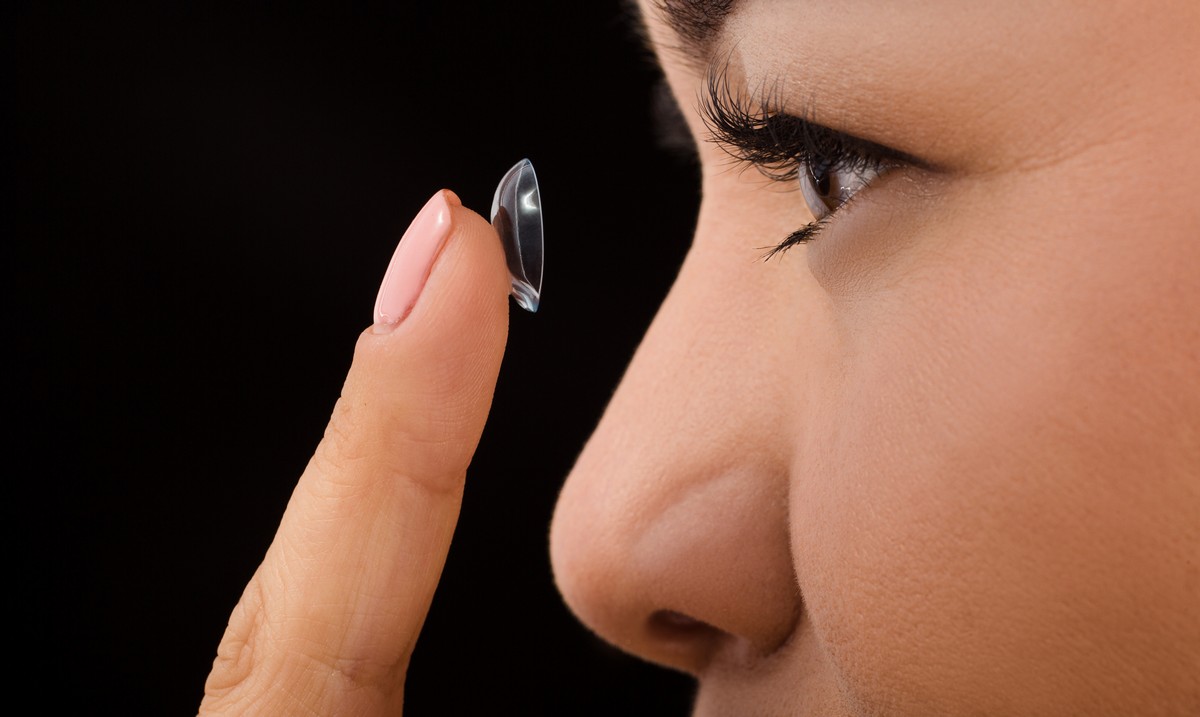Could Your Contact Lens Case Give You an Eye Infection?

The guidelines are very clear. The American Optometric Association says you must clean your contact lens case after every use. You must also replace your case at least every three months. Unless you wear daily disposables, that means you must clean your contact case every day!
But is the AOA’s advice that important? Is it such a big deal if you skip this particular step in your contact lens care regimen?
We’re here to let you know that yes, actually, it is! Failure to take care of your contact lens case can lead to sight-threatening eye infections. Below, we cover some important information and answer some commonly asked questions about contact case care.
Most Contact Wearers Are Guilty of Poor Hygiene
Around 45 million Americans wear contacts. But 40-90% of them admit to failing in following proper hygiene guidelines. So naturally, most contact lens wearers are guilty of at least one hygiene misdemeanor.
But what exactly is poor contact lens hygiene? It can mean many things. Have you ever skipped rinsing your lenses before inserting them in the morning? Ever taken a nap in your lenses or worn them during a shower? Or skipped cleaning your contact lens case and topped up the solution instead?
All of these behaviors put you at risk of developing eye infections. If you’ve been lucky so far and managed to avoid infection despite poor hygiene, your luck may be about to run out!
Proper Contact Lens Care Tips

You wouldn’t put clean laundry into a dirty suitcase, would you? Similarly, cleaning your contact lens case is just as important as cleaning the contact lenses themselves.
By nightfall, your contacts are dirty from the day’s exposure to the environment. This isn’t the kind of dirt you can see. It’s an accumulation of bacteria and environmental irritants, like smoke particles and pollen. If you don’t clean your contact lens case properly, then these irritants will build up. As a result, they’ll contaminate your lenses every time you store them.
Don’t risk it! Follow these steps for a squeaky clean case:
- Empty the contact lens case of the solution.
- Wet the case with fresh solution and use a small cloth or your finger to scrub the inside. Use a q-tip to clean the corners of the case and any hard-to-reach ridges.
- Rinse the case out with lots of contact lens solution.
- Allow the case to air dry by placing it top-down on a clean cloth.
- Never clean your contact lens case with water. This puts you at risk of developing Acanthamoeba keratitis. This is a severe corneal infection that can lead to permanent vision loss.
It's that easy! But before you go, here’s just about every question you’ve ever wanted to ask about contact case hygiene - and the correct answers!
What Kind of Solution Should I Use and How Much?

There are many contact lens solutions on the market. Multipurpose solutions are one of the best. You can use the same solution to clean and disinfect your contact lenses. Different brands and formulas work well with various types of lenses. So it’s worth getting your eye doctor’s advice on the best brand for you.
When filling your case with solution, you must ensure your lenses are covered. If they're not completely submerged, they can dry out and will not get disinfected.
Why Can’t I Top Up the Solution to Save Waste?
It’s tempting to top up the solution in your contact lens case rather than start over fresh. It seems less wasteful and cheaper in the long run because you won’t have to buy as much solution. But reusing the solution has been linked to vision complications and serious eye infections.
Contact lens solution does not stay sterile for very long. Its ability to clean your lenses depends on its freshness. To reduce the risk associated with topping up solution, pour all used liquids down the drain.
Do I Have to Clean My Lens Case Even If It Looks Clean?

Yes! The germs that can damage your eyesight are invisible to the naked eye. You can’t see bacteria. So you can’t assume your lens case is clean just because there’s no visible dirt.
Bacteria and other microorganisms can also produce a substance called biofilm. Biofilm helps to protect bacteria, hiding it from disinfectants and allowing it to thrive. Like the bacteria itself, you can’t see biofilm. The only way to be sure there is no biofilm in your contact lens case is to clean it every day.
Where Should I Store My Contact Lens Case?
Here’s a question few people think about. Where should you store your contact lens case overnight? Many people store their lenses in the bathroom, at the side of the sink or on a shelf.
But contact lenses are at risk of contamination when stored in humid places, like bathrooms. Even up on a shelf, your contact lens case is too close to the toilet. The best place to store your case is in a low humidity area where few people can access. For example, an airing cupboard works well.
How Often Should I Replace My Contact Lens Case?
The American Optometric Association gives contact lens cases a lifespan of three months. Even if you clean your case every night, you can still increase the risk of contamination with extended use. Most people make the mistake of overusing their cases. Forgetting to buy a new one makes you more likely to develop an eye infection.
Top tip: stay organized by buying multiple contact lens cases at a time. Set a calendar reminder for when it’s time to open a new case.
Avoid Eye Infections
Contact lens cases can give you eye infections, but only if you don’t take good care of them. Clean your contacts, keep your case squeaky clean, replace it every three months and never top up with solution. If you follow all of these tips, then you’re covered!